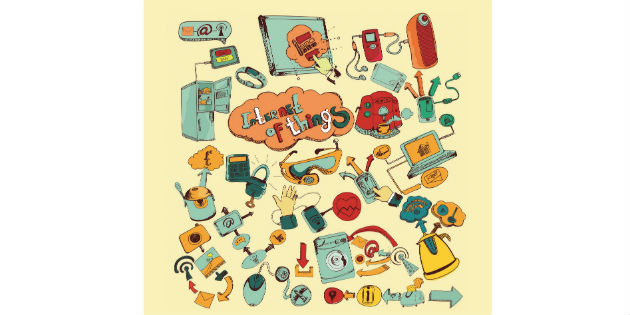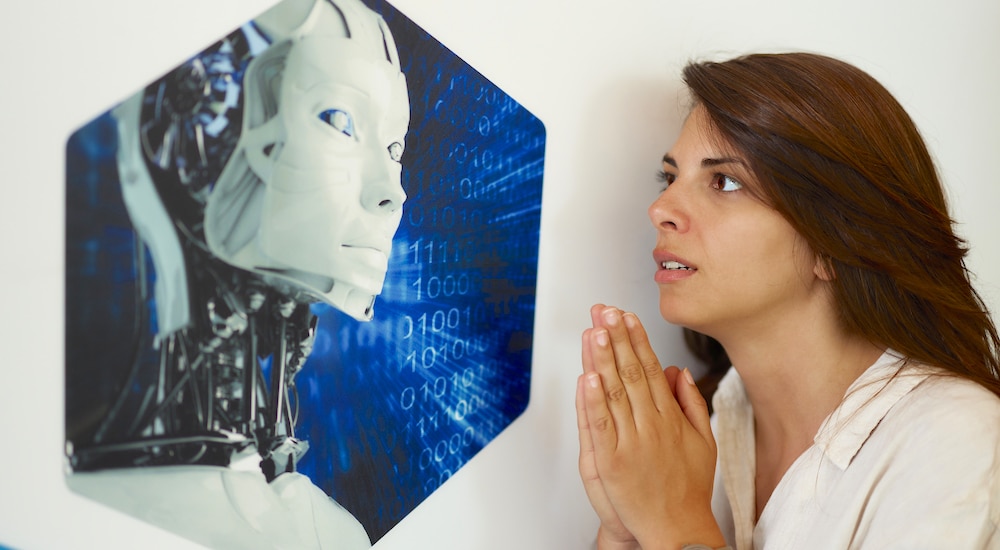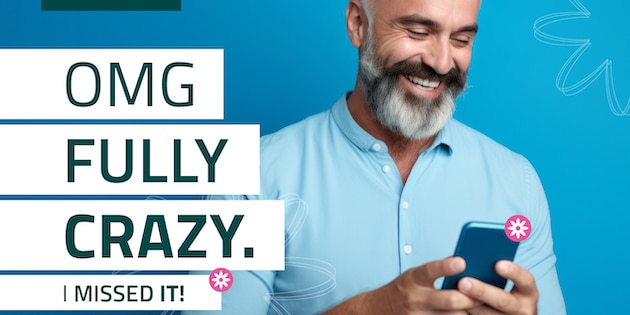Hearing care professionals: who is going to eat your lunch?
Business tips
Geoff Cooling was in combative mood when he wrote this business tips article. He considers the latest disruptive technologies and the effect they could have on the industry. Apparently many people are wondering about who is going to eat their lunch?!

This is a funny expression and I often wonder what thefoundation of it is. It is a question that many within ourprofession are asking themselves though. The onlineforums are full of professionals worrying about this topic.The conferences are the same. The question at themoment is what effect hearables will have and will we havea lunch left? I have spoken at several conferences abouthearables and the adoption of other technologies for thebenefit of our profession.
Many of you don’t actually get it, you will complain aboutthis or that, bemoan the march of technology, but youwon’t actually get of your backside and do something(Geoff making friends again). A harsh truth, but a truthnonetheless and one you need to face.
Our world is rapidly changing
It seems that no matter what we as a profession (front line)and an industry (manufacturers) have done, penetrationinto the possible market has never increased above a thirdat best. That isn’t something that we should be very proudof. Extreme cost is recorded as the number one barrier ofentry for the hearing impaired. However I think that cannotbe taken at face value. I believe that there is an issue withperception of value, and there are still some vestiges ofstigma as an element.
Prime for disruption
No matter, the core fact here is that there is a hugepossible untapped market and the hearing aid world bothwholesale and retail is ripe for disruption. I have said itbefore and I have no doubt that I will say it again; shouldn’tit be us, within that world that drives that disruption? It isvery simple, if we do not act, someone else will. My feelingis that many would regret that happening.
Changing attitudes with new technology
The introduction of hearable devices has already changedthe cultural acceptability of ear worn or ear level devices.Ear worn devices outside hearing aids as a concept for themass market are relatively new; however, they have quicklybecome both acceptable and sought after. This isn’t an early adopter’s thing; we are beyond that, this is quicklybecoming a mass market thing.
I believe that hearables could open up endless possibilitiesfor the future of our profession and industry. Hearablesoffer new opportunities for diversification in productand possible service offering. They open up hearinghealthcare outlets to completely new prospects and targetdemographics. The devices could be a strong possible newsource of revenue flow for hearing healthcare.
A new product opportunity for retail
These devices are firmly consumer electronics and theyalready have an avid market. I have said before thathearables are more than just an off the shelf consumerelectronic. They are more akin to mobile phones,computers, or hearing aids. Choice and technicalexplanation is important in the distribution model. There arealso opportunities for physical customisation.
Changing the perception of value
Taking technology cues from hearable manufacturerscan actually allow us to change the perception of valueof hearing devices. I wrote an article online in 2015 thatdiscussed the health tracking possibilities that are innatein modern wireless hearing aids just by adding a simplesensor set.
Through the ear we can monitor steps taken, estimatecalories burned, take body temperature, heart rate,oximetry, we can even take an ECG. I said then that thisinformation could not just be used for real time fitnesstracking but also for real time healthcare monitoring.
Jabra liked that idea
Jabra, part of GN’s portfolio of companies obviously agreedwith that concept. In fact, the next time you walk into adoctor’s office, you might leave with a prescription for apair of Jabra fitness-tracking headphones. Jabra haveentered into a global partnership with TrainerMD, who arethe first HIPAA compliant software platform to allow doctorsto monitor patients’ fitness and nutrition in real time. It isenvisaged that this programme will allow the collaboration of doctors, trainers and nurses on the needs of patientssuffering from obesity, cancer, and diabetes.
The medical advantages
We are all aware of the pressure that healthcare is underwith the continuing demands on services made by anaging population. In-home elderly care can be made evermore practical as remote doctors and family members areable to monitor the vitals of their patients and loved onesin real time.
Real time monitoring could have dramatic effects on themedical response time for strokes, seizures and heartattacks in the elderly. I have said it before and I will say itagain, imagine if an elderly patient has a heart attack athome while alone. How comforting for them would it fortheir hearing aid to tell them the event has been logged andthe emergency responder called or notified.
Science fiction stuff? No not really, in fact one hearing aidmanufacturer has just introduced one part of the systemneeded to undertake the job, why they stopped at that Idon’t know.
Oticon and IFTTT
Oticon has just introduced their newdevice; the Opn. In a rather far sightedway they have designed it to haveaccess to the IFTTT (If This, Then That)network. It does so by connecting tothe internet via the Oticon ON app ona smartphone. The IFTTT network is anetwork that we will hear more andmore of over the next couple of years. Itis designed to allow you to set triggers,whereby one action, automaticallytriggers another. For instance, you canset up an IFTTT recipe that ensures everything you postto Twitter is automatically posted on Facebook. It also hasapplications in the real world; applications that will justgrow as the internet of things grow.
One such real world action for instance is setting yourheating to come on automatically once a certain outsidetemperature has been reached. The recipes are endless and only curbed by the amount of devices that areconnected to the IOT.
So, if Oticon had ear level sensors that monitored vitals,coupled with an accelerometer that could tell whensomeone has fallen, they could set the hearing aids totrigger a real time call for help. More than that, theycould continuously monitor vital signs for health or fitnesstracking triggering weekly reports to be sent to anyone whoshould have access. This technology could put us in thecentre of primary care.
Recreational factors
Aside from the medical uses of such technology, I believethere is a strong argument for recreational use. The peoplewe are seeing are quite different from the people weused to see. They tend to be far more active, healthy anddetermined to enjoy life. They are more likely to exercisebe that cycling or running for enjoyment. So activitytracking is also of interest and of value to them. I think thatthe evolution of what we call hearing aids to the conceptof wearables can make our products more attractive.The diversity of the function of these typesof devices would radically change theperception of value.
You probably thought it was bunkum
How many of you reading this went toan Oticon launch over the summer andthought that it had no bearing on yourpatients? How many of you thought “suremy customers won’t be interested in this”?That, ladies and gentlemen, is calledcognitive bias, just because you are aLuddite who is afraid of technology doesn’tmean that there are not opportunities for this technologywithin our market.
Just like smartphones, Skype, Facebook and Facetime, thistechnology will become accepted and expected within ourtarget demographic. The key is that we should be adoptingit and driving it. Otherwise someone else will and therewon’t be any lunch left.



